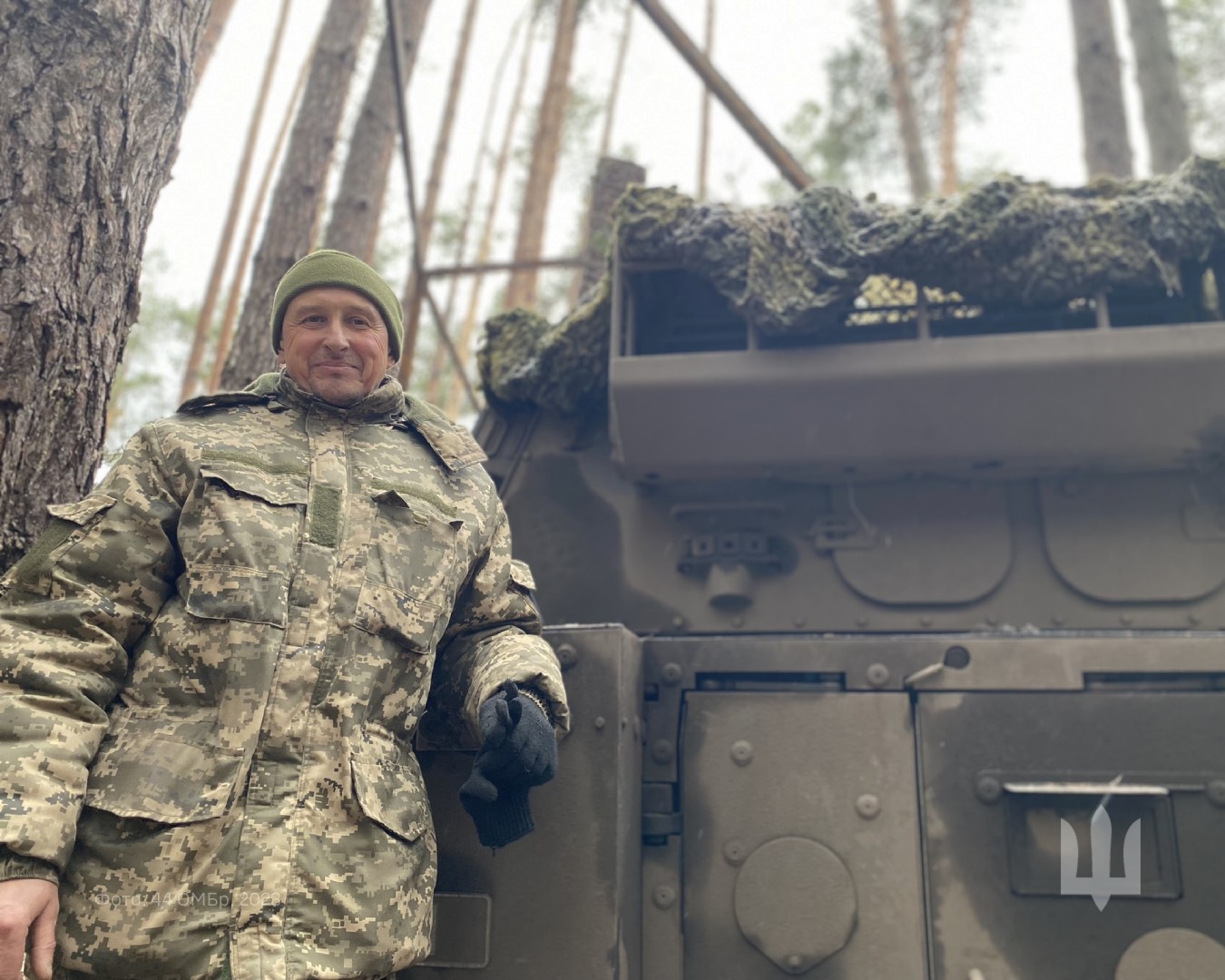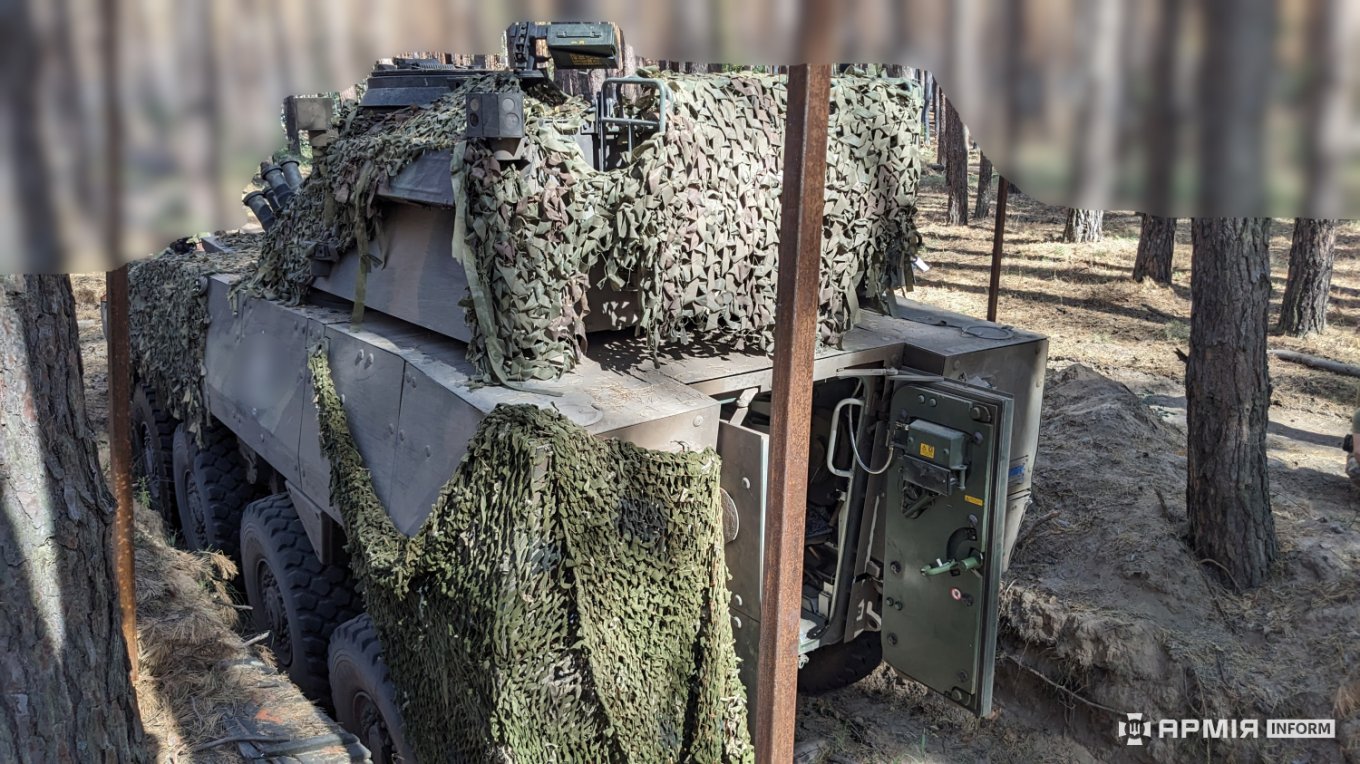Ukrainian Soldiers Praise the Polish Rak Mortar for Its Effective Strikes Against russians on the Battlefield
The Ukrainian Defense Forces have had Polish 120-mm self-propelled Rak mortars in service for at least a year and a half. These weapons were first observed in the hands of soldiers from the 44th Separate Mechanized Brigade in December 2023, following an announcement in April of that year about plans to supply them to Ukrainian forces, with reports indicating the delivery of three company sets of vehicles.
Soldiers of the 44th Separate Mechanized Brigade call this self-propelled mortar a unique vehicle. The 120-mm Rak has proven itself positively on the battlefield, as noted by various crews of these mortars in an interview with ArmyInform. They primarily highlight the vehicle’s mobility, a crucial factor given the presence of numerous FPV drones and other threats in the air.
The crews usually operate at a distance of 5-6 km from the front line. The Rak is primarily effective for supporting offensive actions, as noted by the crew commander with the callsign Mityay. The vehicle is quick to deploy, but one nuance is that it takes some time to “orient” the mortar for targeting, which sometimes takes longer than the actual combat task. Overall, completing a standard mission takes 5-10 minutes.

Although the official specifications of the mortar claim a range of 12 km, the crew commander with the callsign Bob notes that even the Polish soldiers themselves haven’t seen long-range ammunition for the Rak. However, according to another soldier with the callsign Mityay, the mortar is highly accurate and effectively hits targets at a range of 6.5 km: “At this distance, it performs excellently. It can continue to fire with precision, delivering round after round.” Ukrainian soldiers also highlight the quality of the Topaz digital fire control system.
The soldiers say that compared to similar weaponry, the Polish Rak mortar is the best solution within the Defense Forces. It often comes as a “surprise” for the russians when the shells land precisely one after the other in their positions. For the crews of these self-propelled mortars, the primary target is the russian infantry, spotted by Ukrainian reconnaissance drones. Bob recalls an instance when there were six missions in one day, during which around a hundred shells were fired at the russians.

The Rak mortar can operate in the modern MRSI (Multiple Rounds Simultaneous Impact) mode, where several shells follow different trajectories and hit the target at the same time. “We’ve also fired this way, but only with two rounds, as the third would require a clear horizon—at the angle it would need to be fired, it’s too close to the line of contact,” notes Mityai.
The soldiers say that the Rak performs well in various weather conditions.
Earlier, News Hub reported how the Ukrainian Armed Forces could receive the 2S1 Gvozdika self-propelled howitzer from Poland and what this indicates for us.

